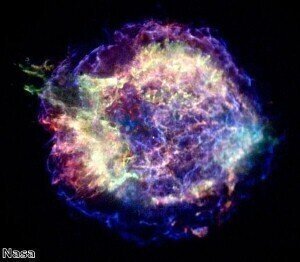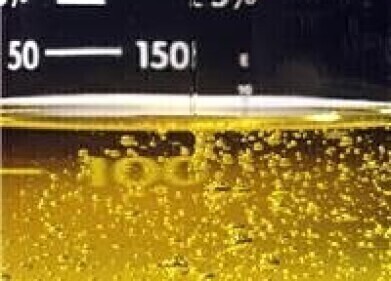Solid Phase Extraction (SPE)
'Impossible to observe' ionisation seen by researchers
Nov 20 2012
With a solitary X-ray flash, researchers were able to "kick" a record number of 36 electrons at once out of a xenon atom.
An international research team, led by Daniel Rolles from the Centre for Free-Electron Laser Science (CFEL) in Hamburg, Germany discovered this "surprising" behaviour of atoms using the world's most powerful X-ray laser in California, USA.
At this level of X-ray radiation, 36 electrons are considerably more than should be possible, according to theoretical calculations.
An atom becomes ionised when it loses electrons and gains a positive electric charge. The more electrons that are ripped from the atom, the stronger the ionisation gets.
Powerful X-ray laser flashes were fired from the Linac Coherent Light Source at the US National Accelerator Laboratory SLAC. These were directed at atoms of the noble gas xenon.
With 1.5 kiloelectronvolts (1.5 keV), the particles of light (or photons) of the X-ray radiation had approximately a thousand times more energy than visible light.
Energy is passed to the electron when a high-energy photon hits it in the xenon atomic shell.
According to how strongly the electron is bound to the atomic shell, this collision can eject it.
Calculations show that not more than 26 of the 54 electrons of the noble gas can be ejected using this level of energy because the rest are too strongly bound.
In this research it was found that 36 electrons were kicked out from the atoms.
"To our knowledge, this is the highest ionisation that has ever been achieved in an atom using a single electromagnetic pulse. Our observation shows that the existing theoretical approaches have to be modified," said Mr Rolles.
The cause of this "impossible" ionisation is a resonance.
When hit within the energy range (1.5 keV), the electrons can take in a lot of X-ray radiation, with some expelled from the atom and others going into an "excited" state, however they are still bound to the atom.
Energy is released when an excited atom goes back to its normal state. This energy can then be transferred to another excited atom, giving it the extra kick it needs to leave the atom, stated the report.
The team present their unexpected observations in the journal "Nature Photonics".
Posted by Ben Evans
Digital Edition
Chromatography Today - Buyers' Guide 2022
October 2023
In This Edition Modern & Practical Applications - Accelerating ADC Development with Mass Spectrometry - Implementing High-Resolution Ion Mobility into Peptide Mapping Workflows Chromatogr...
View all digital editions
Events
ACS National Meeting - Fall 2024
Aug 18 2024 Denver, CO, USA
Sep 04 2024 Chiba, Tokyo, Japan
Sep 04 2024 University of Warwick, Coventry, UK
Sep 10 2024 Rockville, MD, USA
Plastics Recycling World Expo Europe
Sep 11 2024 Brussels, Belgium














